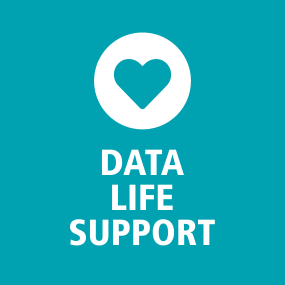Postcodes / Zipcodes map data
for Iceland
Postcodes / Zipcodes map data
for Iceland
Postcodes, or zipcodes, are an important tool for geographic planning in Iceland. Originally developed to streamline postal delivery, postcodes are now commonly referred to as “the new geography”. They have evolved to become an integral part of the business planning process.

Postcodes / Zipcodes map data for Iceland
Postcodes are a simple but convenient way to locate customers, assets, competitors – in fact, anything with an address. Enriching your address data with coordinates is a process known as geocoding and is the first step in adding location intelligence to your data assets located in Iceland.
Postcode centroids (centre points) are suitable for coarse-level searches and geocoding, while postcode regions (polygons) can be highly effective for visualisation purposes.
We provide 3-digit Postcodes map data for Iceland, as both centroids and regions, with seamless transitions across borders with neighbouring countries. The data is available in all common GIS data formats.
 Iceland – 3-digit Postcodes
Iceland – 3-digit Postcodes
The power of postcodes
Postcodes, or zipcodes if you prefer, are a powerful tool for geographic visualisation and analysis in Iceland. While primarily designed to help deliver the mail, their standardised nature makes them useful for locating assets. Given a reference data set of postcodes with coordinates, it is possible to take a database of addresses (say, customers) and use the postcode as a common link or join. This allows the address database to be enriched by coordinates – a process known as geocoding. While these coordinates are only approximate (the centroid or centre point of each postcode), they allow the addresses to now be placed on a map where geographic patterns, such as clusters, may be revealed.
Postcode regions are polygon shapes which capture all addresses with a same postcode. They are often irregular shapes and sometimes feature holes and enclaves. Despite this, it is possible to use GIS or mapping software to assign colour to these regions to form a thematic map, also known as a choropleth map. While some care is usually required to ensure that the visualisation is statistically valid, thematic maps are visually powerful and a great way to communicate a variable across a geographic area.
We provide 3-digit Postcodes map data for Iceland, as both centroids and regions data. Compatible postcodes / zipcodes data is also available for other countries, with seamless transitions across borders.
Data formats & delivery
Postcodes/Zipcodes map data for Iceland is available in many popular GIS formats, including:
- Esri Shapefile
- Esri File GeoDatabase
- MapInfo TAB (Extended)
All data products are delivered using our secure data delivery platform, Europa Data Vault.

Related products for Iceland
Extend your market insight into Iceland with these compatible add-on products. Ask about special pricing for map data bundles.
Regions & Boundaries
Gain a deeper understanding of geography within a country with robust map data for location analysis and visualisation.
Demographics
Get to know your audience in terms of number of households, population figures by sex and age band plus the number of unemployed.
Purchasing Power
Understand disposable income by tiered area with this key indicator for effective location and sales territory planning.
Consumer Profiles
An innovative, comprehensive ten-segment model for effective market investigation and identification of your target audience.
Free data life support
All data products supplied by Europa Technologies include free, world-class, lifetime support.
Got a technical issue or licensing question? No problem – we’re just a call or an e-mail away.
Arrange your digital map licensing through us with the assurance of great value from your data investment.
How can we help you?
Ask an expert…
Do get in touch if you would like more details about Postcodes / Zipcodes map data for Iceland (technical, licensing, pricing, etc.) or would like to arrange a personalised demo. Our product specialists will be happy to provide you with a free consultation.


 Iceland – 3-digit Postcodes
Iceland – 3-digit Postcodes

